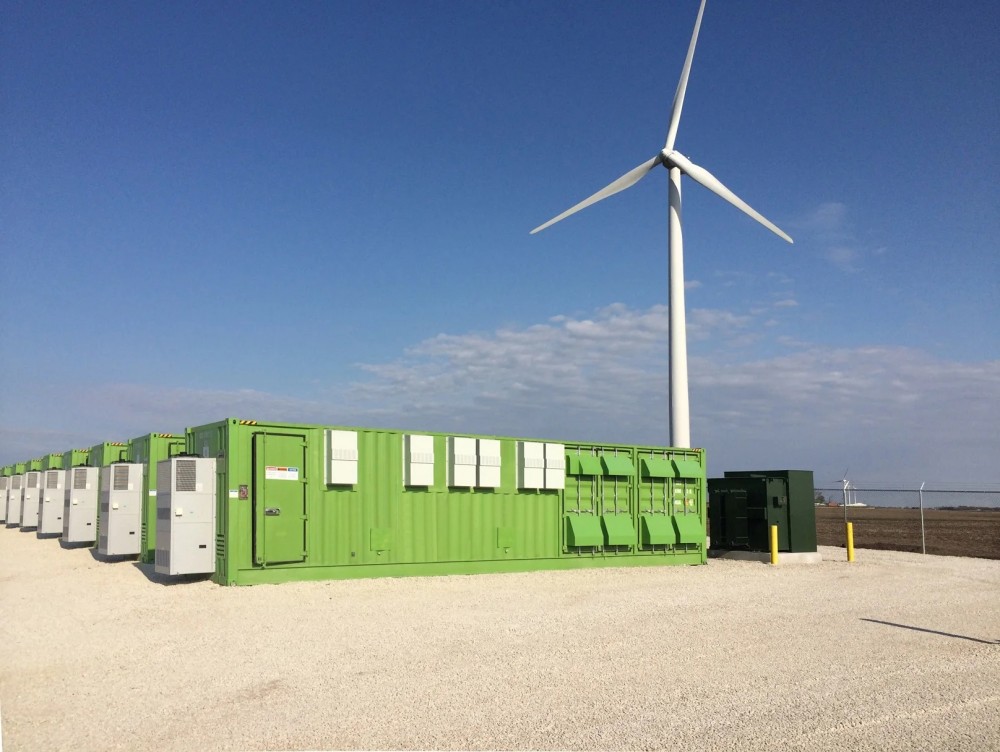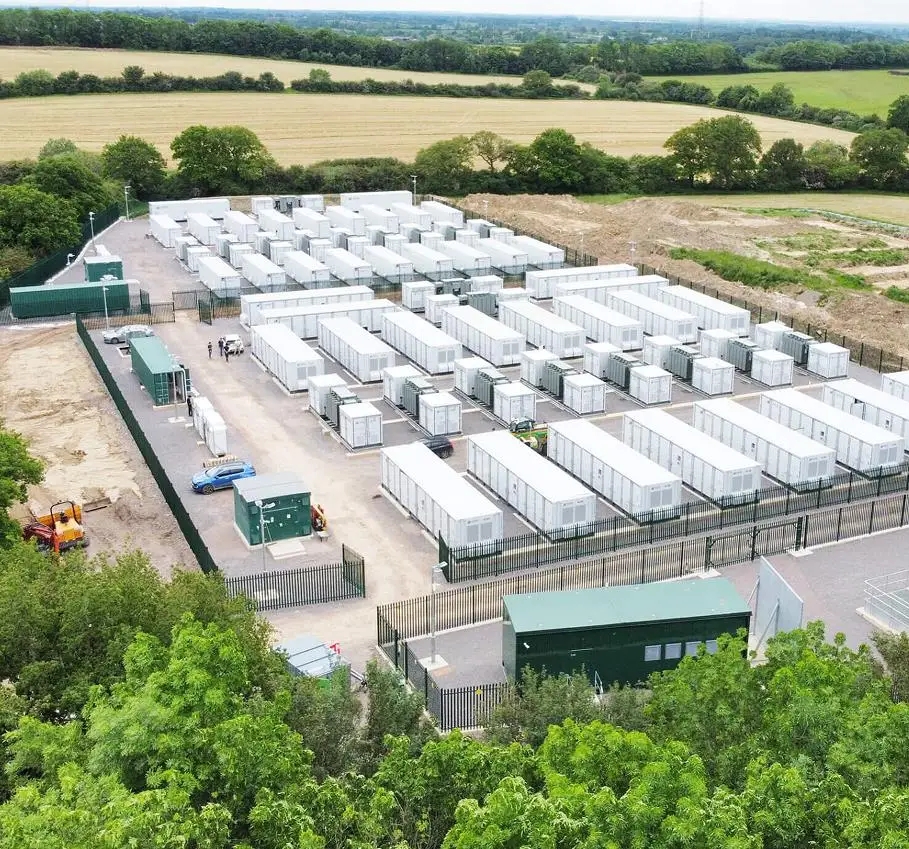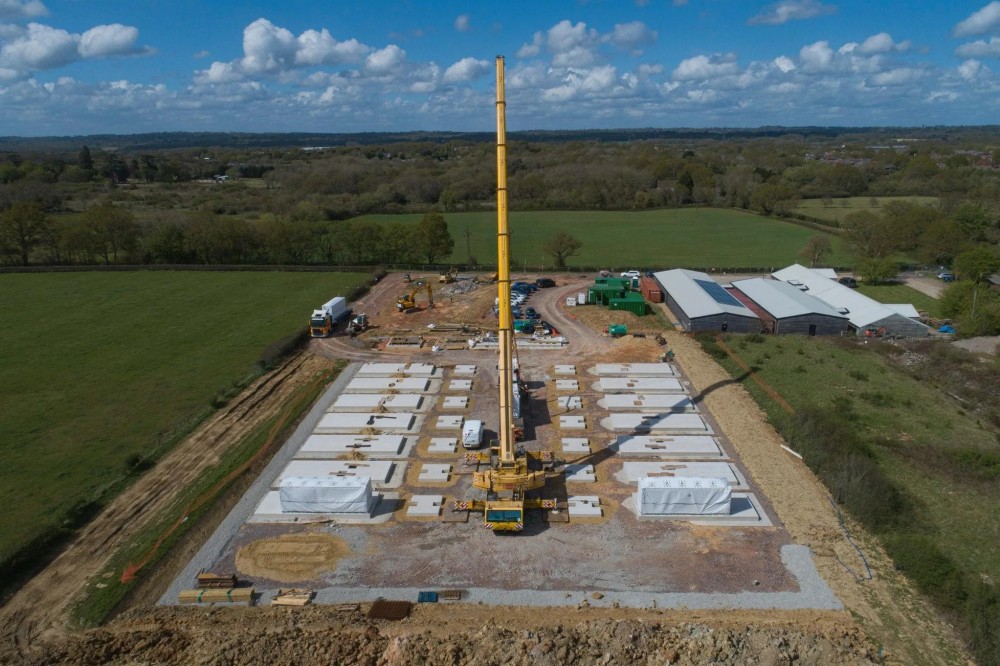The rapid increase of the global market penetration rate of new energy vehicles stimulates the installed capacity of power batteries to increase year by year. Meanwhile, the technical route of lithium iron phosphate batteries in the field of electrochemical energy storage has become the mainstream scheme of newly installed capacity in recent years, and its proportion is rapidly increasing. In the future, with the large-scale decommissioning of power and energy storage batteries, it is estimated that the recycling scale of global power and energy storage batteries will exceed 1TWh by 2030, and the recycling scale of lithium iron phosphate batteries will exceed 58%.
The actual recycling scale of decommissioned power batteries is limited
However, at present, there are still several problems to be solved in the battery recycling industry. At present, the development of the lithium-ion battery recycling industry is still at an early stage, and about 70% of the used batteries come from defective products and waste materials in battery factories, so the actual recycling scale is still small. The number of participants in the battery recycling industry is increasing, and the overall industry standardization still needs to be improved.

Take the China market as an example. Since 2020, China has continuously introduced the power battery recycling policy. In just one year in 2021, there were more than 10,000 newly registered battery recycling-related enterprises, an increase of about 4 times compared with 2020. However, by the end of 2021, there were only 45 enterprises that met the "Standards and Conditions for Comprehensive Utilization of Waste Power Batteries for New Energy Vehicles" issued by the Ministry of Industry and Information Technology of China. It is worth noting that at present, the annual comprehensive treatment capacity of waste batteries in white-listed enterprises has exceeded 1.01 million tons, and the planned treatment capacity of enterprises has exceeded 4.25 million tons. However, in 2021, the actual recovery of lithium-ion batteries in China was less than 300,000 tons, which shows that the idle capacity of the battery recycling industry is quite obvious.
Step by step with recycling
According to China, one of the largest new energy vehicle markets in the world, the installed capacity of the global power battery market will exceed 3TWh by 2030, while the installed capacity of China's power battery is expected to account for about 45% of the world's total. Therefore, making full use of the battery life cycle will be one of the important ways to build a low-carbon economy in the future. Besides making up for the shortage of resources, battery recycling can reduce the impact and pressure on the environment and resources compared with the exploitation, production, and use of primary mine resources.

At present, the recycling of waste lithium-ion batteries in China is mainly divided into step-by-step utilization and recycling. Step-by-step utilization is used in areas such as standby power, small-sized energy storage, low-speed vehicles, and four-wheeled mini-electric vehicles when the storage capacity of power batteries is reduced to less than 80%. However, most of the step-by-step utilization in energy storage is still in the experimental demonstration stage, and it is excluded from large-scale energy storage projects by the China National Energy Administration. The recycling is mainly to disassemble the decommissioned power battery to recover valuable metals such as lithium, cobalt, and nickel, and reuse them for the recycling of battery materials.


